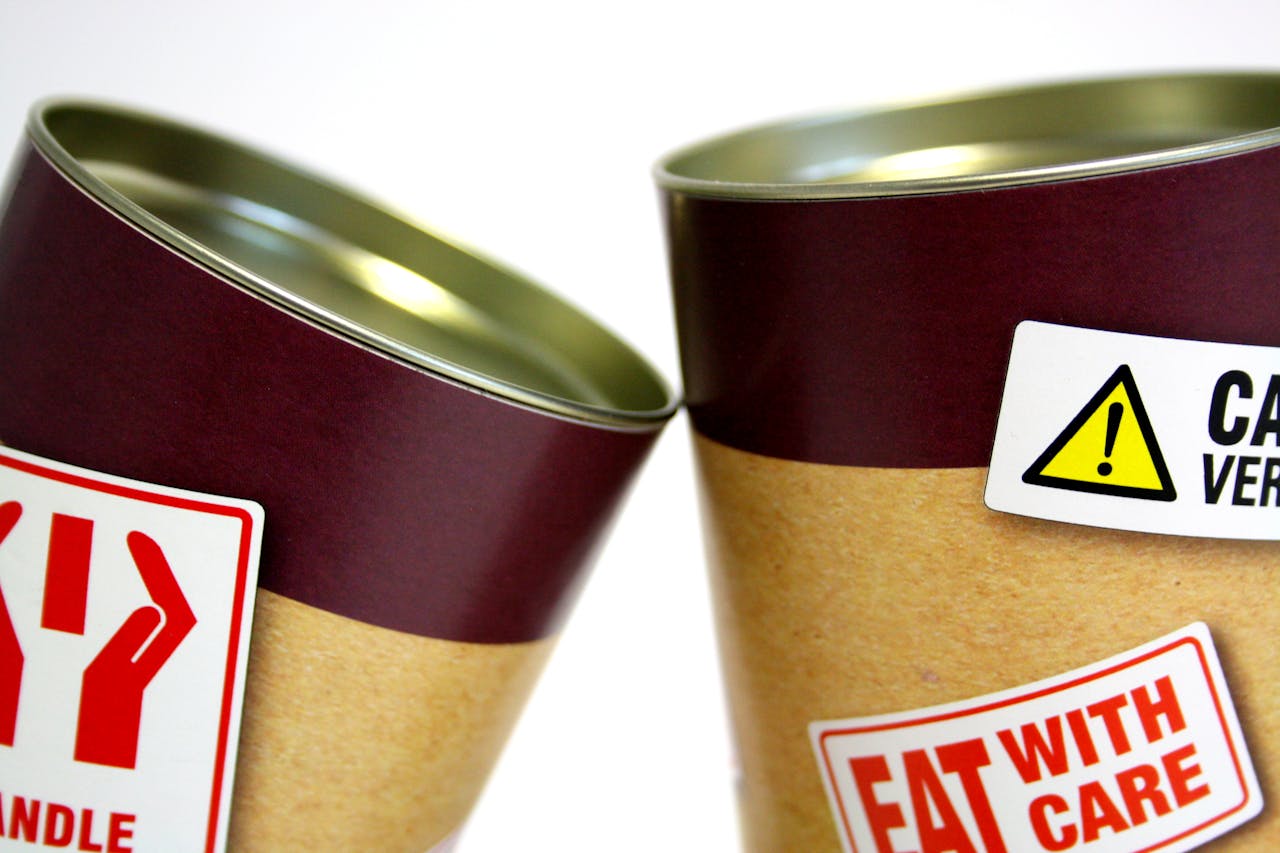Printed labels are an essential component in how businesses present their products and communicate information. They serve as the primary point of contact between a brand and its potential customers, conveying vital details at a glance. A well-designed label can capture attention, provide necessary data, and reinforce brand identity, making it a critical asset for any physical product. Understanding their function and potential is the first step toward using them effectively. This article will walk you through the benefits of printed labels, the various types available, and how to select the right one for your specific needs.
Benefits of Printed Labels
Labels offer more than just basic product identification. For businesses, they are a powerful branding tool. A label carries your logo, colour scheme, and typography, helping customers recognise your products on a crowded shelf. This visual consistency builds brand recognition and fosters consumer trust over time.
Beyond branding, labels are a means of compliance. Many industries have strict regulations that require specific information to be displayed on products, such as ingredients, nutritional facts, safety warnings, and barcodes. Using printed labels helps you meet these legal obligations and avoid potential penalties. They also enhance the customer experience by providing clear instructions, usage tips, and contact information, which adds a layer of professionalism and care.
Types of Printed Labels
Printed labels come in a wide variety of materials and formats, each suited for different purposes. Paper labels are a cost-effective and popular choice for dry goods and indoor applications. They are available in matte, semi-gloss, and high-gloss finishes, offering flexibility in appearance.
For products that face moisture, oil, or frequent handling, synthetic labels made from materials like polypropylene or polyester are a better option. These labels are durable, waterproof, and tear-resistant, making them ideal for food and beverage containers, cosmetics, and industrial products. Other specialised types include thermal labels, which are used for shipping and logistics, and security labels that provide tamper-evident features.
Choosing the Right Printed Label
Selecting the appropriate label requires careful consideration of several factors. First, think about the product’s environment. Will it be refrigerated, exposed to sunlight, or subjected to rough handling? The answer will guide your choice of material and adhesive. For instance, a product stored in a freezer needs a label with a specialised adhesive that can withstand low temperatures.
The label’s intended function is also important. If you need to print variable information like dates or batch codes, a thermal transfer label might be the most practical solution. The design and aesthetic you want to achieve will influence your choice of finish, whether it’s a rustic matte look or a vibrant high-gloss finish. Considering these elements will help you select a label that performs well and represents your brand effectively.
Applications of Printed Labels
The use of printed labels spans almost every industry. In retail, they are fundamental for pricing, branding, and providing product information on everything from food packaging to clothing tags. The logistics and shipping sector relies heavily on labels for tracking packages, managing inventory, and ensuring accurate delivery with barcodes and shipping details.
In the healthcare industry, labels are critical for patient safety, used to identify medications, lab samples, and patient records with complete accuracy. Manufacturing also uses labels extensively for marking parts, tracking assets, and displaying safety warnings on machinery. Essentially, wherever information needs to be attached to an item, a printed label is likely the solution.
Making Your Mark with Labels
Printed labels are a fundamental part of modern commerce, serving functions that go far beyond simple identification. They are a direct line of communication with your customers, a key part of your branding, and a necessary component for regulatory compliance. By understanding the different types of labels and carefully choosing the right one for your product, you can improve both your operational efficiency and your market presence.

